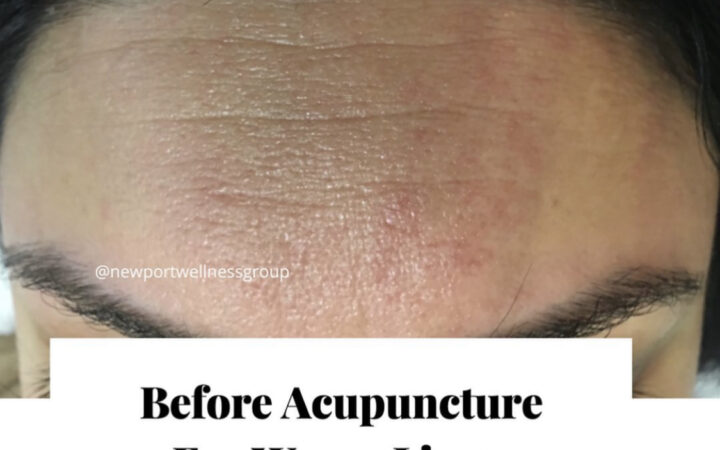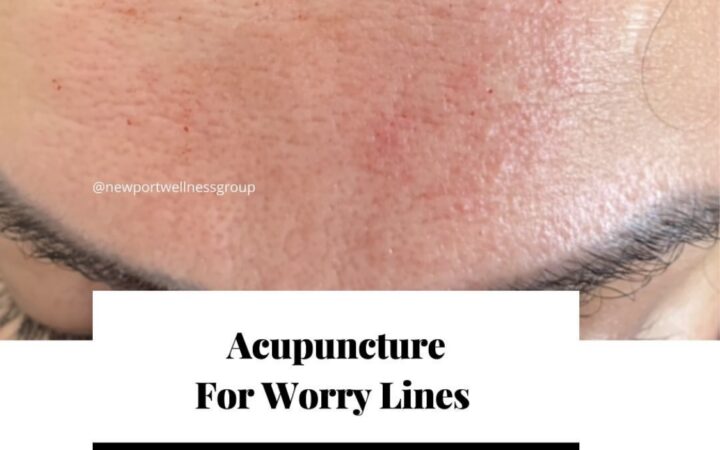Cosmetic Acupuncture
Posted on August 18, 2023
Habitual thoughts and their corresponding emotions alter our face, at times marking the face with worry.
This procedure is not only cosmetic, but it alters your nervous system.
You will Look and Feel Better!
Dr. Pourhassani, DACM, LAc only specializes in cosmetic acupuncture for worry lines.
Prior to the procedure being provided a consultation and evaluation with the doctor is required to assess if you are a good candidate, to assess your skin and health, in order to provide you with realistic expectations. The younger and healthier you are, the faster the results. Unlike botox, this procedure is long-lasting, and may be an alternative to those consider plastic surgery for the forehead lines.
Contraindications: (If you have any of these problems you cannot have cosmetic acupuncture): pregnancy, uncontrolled hypertension, uncontrolled migraines, severe neurological conditions, history of a strokes, or had brain surgery recently.
Before & After Photos of a Series of Acupuncture Treatments for worry lines. Not, only are the lines gone, the habitual nerve-muscle connection was disrupted which led to new patterns of thought, and awareness of habitual engagement in worry.
How does this work? Acupuncture stimulate fibroblast proliferation and neoangiogenesis, and extended the period of collagen fibre reorganisation.
Does it alter habitual changes in emotional expression on the face? Yes, a reduction of depressive symptoms through an alteration of the limbic system and motor system . This can be explained by the disruption of facial feedback loops, which may moderate and reinforce the experience of negative emotions.
Can you go to any acupuncturist? Dr. Pourhassani was taught how to this procedure by a Korean cosmetic acupuncturist who lives in Korea.
The Psychological Impacts of Upper Facial Lines: A Qualitative, Patient-Centered Study
Background: The 11-item Facial Line Outcomes (FLO-11) questionnaire is content validated for measuring
the negative psychological impacts of crow’s feet lines (CFL).
Objectives: The aims of this study were to determine psychological impacts of forehead lines (FHL) alone
and upper facial lines (UFL: FHL + CFL + glabellar lines [GL]) and to assess adequacy of FLO-11 to measure these impacts.
Methods: Participants aged at least 18 years participated in concept elicitation and cognitive interviews to identify and define psychological impacts of UFL. They completed the FLO-11 questionnaire to assess its ability to measure psychological impacts of facial lines and its comprehensiveness in doing so.
Results: Forty interviews were completed by 29 participants. Twenty participants each provided interviews for FHL and for UFL. The most commonly reported psychological impacts for FHL and UFL, respectively, were feeling unattractive (85%, 80%), looking less attractive than desired (85%, 70%), feeling bothered (80%, 70%), feeling good/bad about appearance (80%, 70%), looking older than actual age (75%, 65%), and feeling stressed (70%, 70%). For FHL, 70% of participants also reported looking older than desired as a psychological impact. More than 50% of participants agreed that all 11 FLO-11 items measured a psychological impact for FHL. More than 50% reported that 9 of 11 items measured a psychological impact for UFL. The ma- jority of participants (FHL, 65%; UFL, 60%) reported that the FLO-11 questionnaire is comprehensive in measuring psychological impacts of facial lines.
Conclusions: FHL and UFL have psychological impacts on patients, and FLO-11 is a content valid, comprehensive instrument for measuring them.

